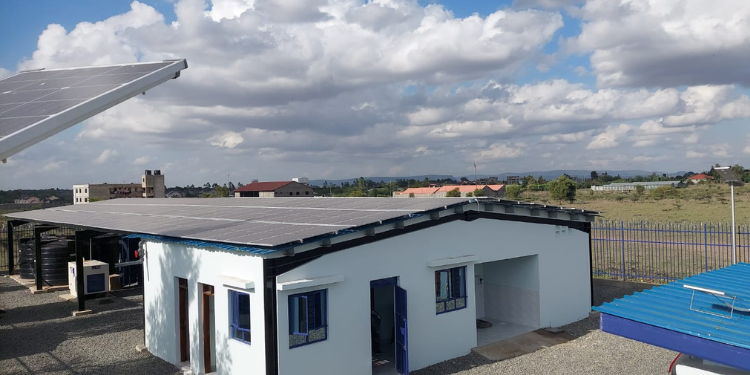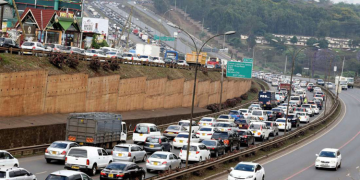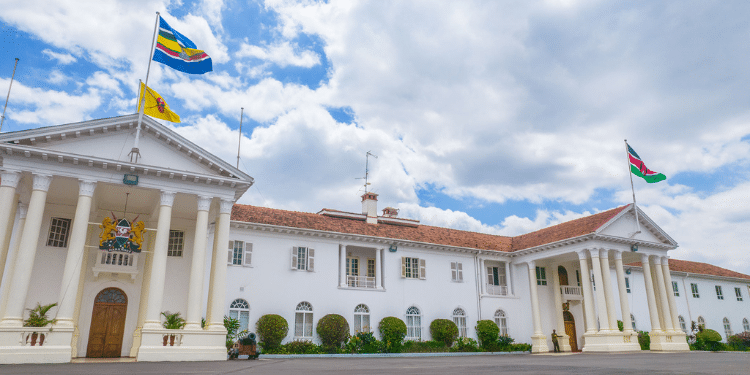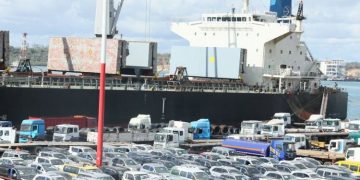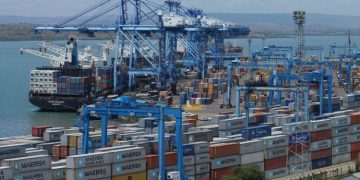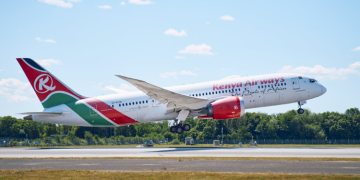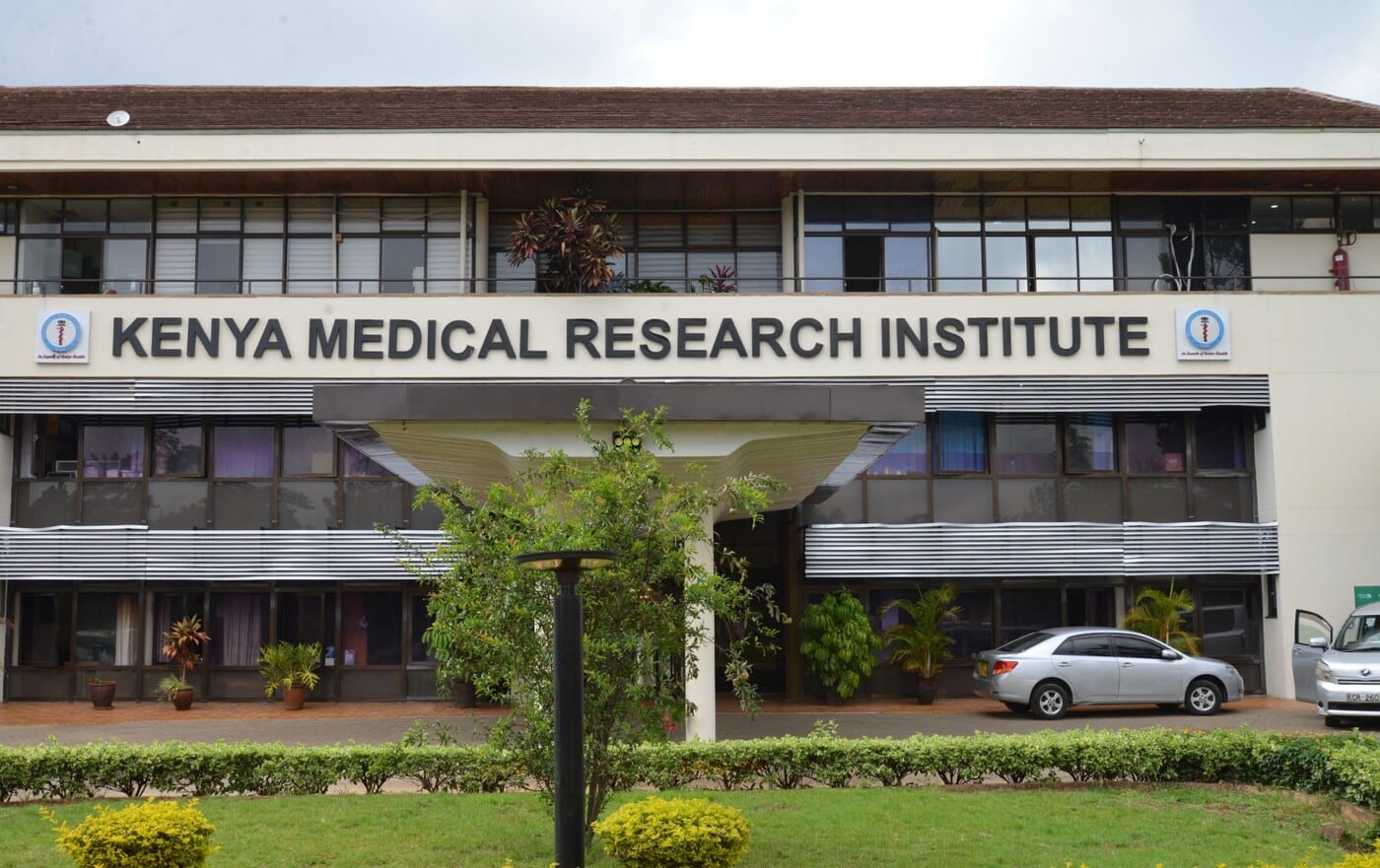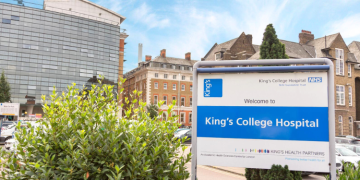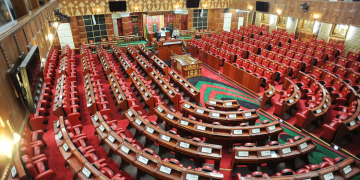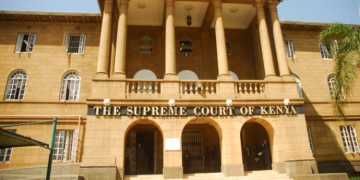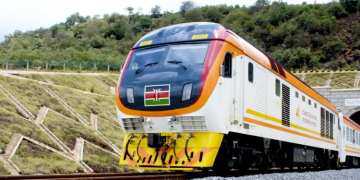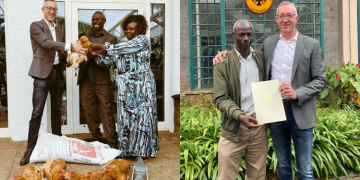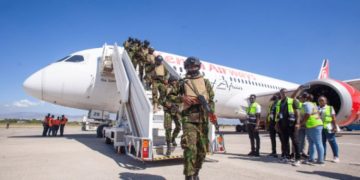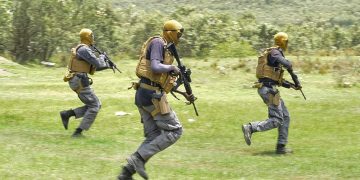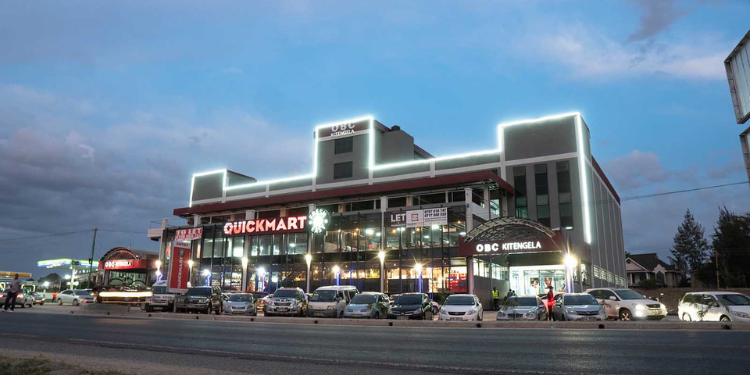Kitengela, often called “Kite,” is located about 30km South of Nairobi in Kajiado County, covering 18,292 hectares in the Athi-Kaputiei Plains.
Once a dusty pastoralist settlement dominated by the Maasai community, Kitengela has transformed into a cosmopolitan hub due to a population boom, tripling since 2009 to 154,436 in 2019.
The Rise of Kitengela
Kitengela began as a group ranch in the 1970s, being managed by 214 Maasai members.
In 1988, the government subdivided the land to promote private ownership and commercial livestock farming. This triggered land sales, urban migration, and rapid development.
The area offers a “best of both worlds” vibe, close to Nairobi but with a rural, community-oriented feel, attracting families and investors.
Key factors in the rise of Kitengela
Affordable Real Estate
Land and rental prices are significantly lower than in Nairobi, with a 2-bedroom apartment averaging Ksh20,000 compared to higher rates in areas like Kileleshwa.
Infrastructure Growth
Improved road networks (e.g., Namanga Highway, Isinya pipeline road), electricity, water, and sewerage systems have supported urbanization.
Also Read: How Nakuru’s London Estate Got Its Name
The ongoing Mlolongo-Waiyaki Way expressway and proximity to Konza City Metropolis enhance connectivity.
Economic Opportunities
Industries like the Export Processing Zone (EPZ), cement factories (e.g., Athi River Mining, Bamburi Cement), and textile industries provide jobs.
The informal sector, including trade and horticulture, is a major employer, accounting for 83.5% of Kenya’s total workforce of about 20 million.
Landmarks
Located 7 km from Nairobi, Maasai Ostrich Farm in Kitengela offers interactive experiences like feeding ostriches and learning about their habits, popular among tourists.
Kitengela Nature Conservancy offers guided nature walks and birdwatching, showcasing the area’s semi-arid landscapes and wildlife.
The famous Olorgesailie Prehistoric Site in Kitengela serves visitors with ancient tools and fossils, providing insight into early human history.
Kite is famous for its roast meat restaurants, such as Yukos, Enkare, and Arusha Meat Den, drawing Nairobians for culinary experiences.
Facilities
Education
High-end schools include Kitengela International School, Acacia Crest, Nova Pioneer, and Orchard Schools.
Universities like KCA University (Kitengela Campus) and East African University serve higher education needs.
Healthcare
Facilities include Nairobi Women’s Hospital (Kitengela Branch), Aga Khan University Hospital (Kitengela Medical Centre), and Kajiado County Government Hospital, offering outpatient, maternal, and imaging services.5 most
Shopping
Major supermarkets like Naivas, Eastmatt, and Powestar serve residents. Kitengela Mall, a four-story commercial hub on Namanga Road, features Naivas as an anchor tenant, 262 parking bays, and modern amenities.
Entertainment and Recreation
Nightclubs like Nomad Club, Halcyon Lounge, and 034 provide unique nightlife. Resorts like Galaxy Resort and Crescent Resort offer pools, conference spaces, and event venues.
Banking
Major banks include National Bank, Co-operative Bank, KCB, and Barclays, supporting the construction boom and middle-class needs.
Security
Kitengela Police Station on Namanga Road and an Administrative Police camp near the open-air market ensure safety, though residents are advised to stay vigilant due to urban growth challenges.
Transport
The Namanga Highway is the primary road, with matatus as the main public transport. Traffic congestion occurs during peak hours due to the highway’s narrowness.
Utilities
Water supply relies on treated water from the EPZ and boreholes, but shortages persist due to discontinued Nairobi Water services. Electricity and sewerage systems are improving, but face challenges with rapid urbanization.
Challenges
Kite experiences perennial water shortages, worsened by the absence of nearby rivers or water reservoirs.
Also Read: Ruto Admits Government Can’t Immediately Solve Unemployment Crisis
The town relies heavily on water vendors, boreholes, and limited piped water systems, which are often insufficient to meet demand.
The Namanga Highway, being the primary road serving Kitengela, is often congested, especially during peak hours. Its narrow width exacerbates traffic snarl-ups, as it struggles to accommodate the increasing volume of vehicles, including light and heavy transporters.
Kitengela’s semi-arid climate and ongoing construction due to rapid urbanization generate persistent dust, affecting workers and businesses.
Proximity to Nairobi National Park and land privatization have reduced wildlife diversity in the Kitengela Game Conservation Area, impacting species like buffalo, rhinos, and lions.
Follow our WhatsApp Channel and X Account for real-time news updates.
